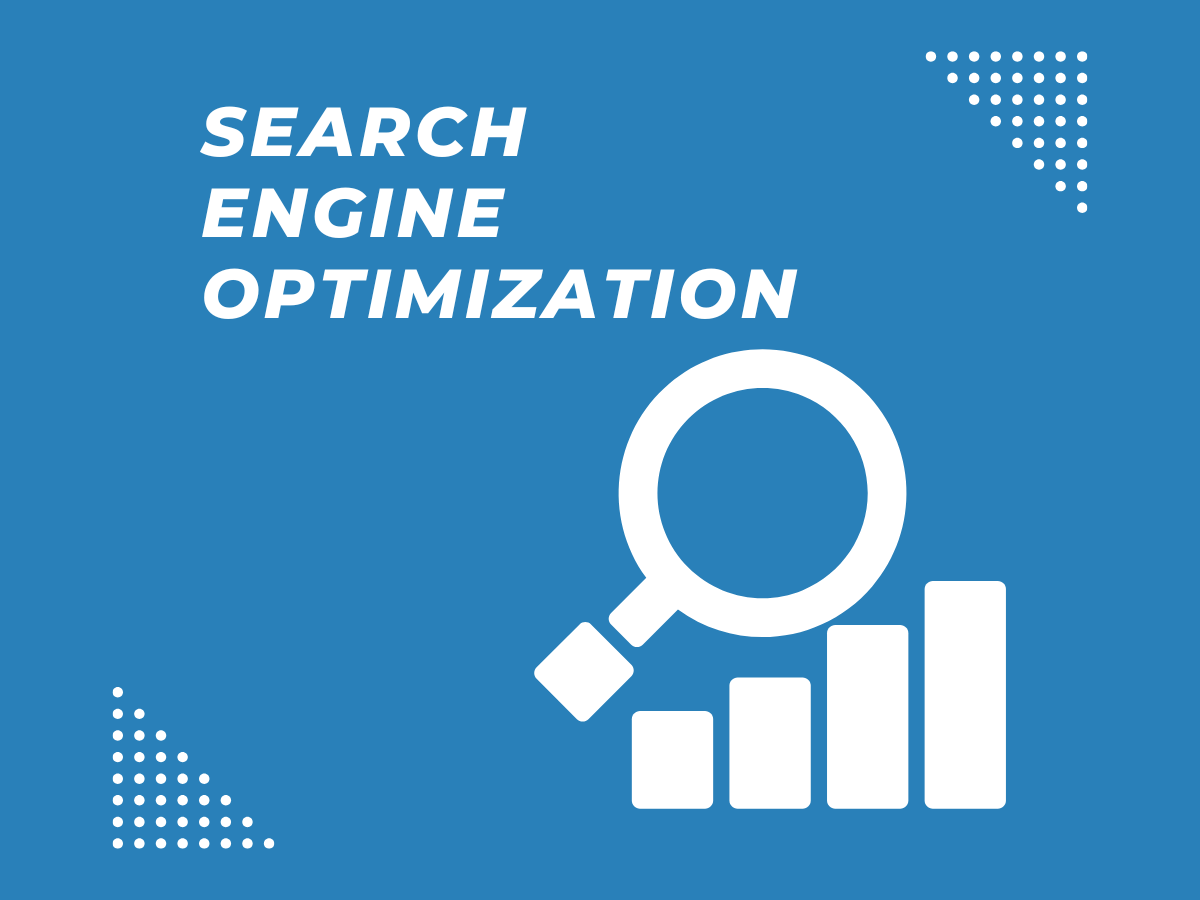In today’s digital landscape, having a well-optimized website is essential for standing out from the competition and driving more visitors to your site. To elevate your digital marketing efforts and climb to the top of search engine rankings, you must implement proven SEO strategies that not only boost organic traffic but also enhance your online visibility. Below are 10 powerful SEO strategies that will help propel your website’s ranking and ensure long-term digital marketing success.
1. Build Backlinks
Backlinks, also known as inbound links, are one of the most critical factors that influence search engine rankings. They serve as “votes of confidence” for your website, showing search engines that other reputable sites value your content. High-quality backlinks from authoritative websites signal to search engines that your website is trustworthy and relevant.
To build effective backlinks:
- Create high-quality content that others naturally want to link to.
- Guest Post on reputable websites in your niche.
- Reach out to industry influencers to share your content.
- Utilize broken link building by offering to replace broken links on other websites with links to your content.
2. Conduct Keyword Research
Keyword research is essential for understanding what your audience is searching for and ensuring that your content aligns with those search queries. By optimizing your content with the right keywords, you can improve your website’s visibility in search engine results.
To conduct effective keyword research:
- Use tools like Google Keyword Planner, Ahrefs, or SEMrush to find relevant keywords.
- Focus on long-tail keywords, which are more specific and less competitive.
- Analyze the search intent behind each keyword (informational, navigational, transactional, etc.).
- Create a list of primary and secondary keywords and naturally incorporate them into your content, meta descriptions, and headers.
3. Optimize Your Site Speed
Website speed plays a significant role in both user experience and SEO rankings. A fast-loading website ensures that users stay engaged, while a slow site can lead to high bounce rates and lost visitors.
To optimize your site speed:
- Minimize HTTP requests by reducing the number of elements on each page.
- Compress images to reduce their file size without compromising quality.
- Use a content delivery network (CDN) to distribute your site’s content across multiple servers.
- Enable browser caching to allow returning visitors to load your pages faster.
- Consider using AMP (Accelerated Mobile Pages) for mobile devices.
4. Content Creation
Content is the backbone of any successful SEO strategy. High-quality, informative, and engaging content attracts visitors, encourages them to spend more time on your site, and helps you establish authority in your niche.
For effective content creation:
- Focus on producing long-form content (1000+ words) that provides in-depth value.
- Use headlines and subheadings to organize your content for better readability.
- Incorporate your target keywords naturally throughout the content.
- Create a variety of content types, including blog posts, videos, infographics, and how-to guides.
- Regularly update and repurpose old content to keep it relevant and fresh.
5. Link Externally
While internal linking is crucial, external links to authoritative websites are also valuable. External linking demonstrates that you have researched your topic thoroughly and that you are referencing reputable sources, which boosts your site’s credibility.
To make the most of external linking:
- Link to high-quality, authoritative websites that are relevant to your content.
- Avoid linking to direct competitors; instead, link to industry-leading resources.
- Use natural anchor text that describes the linked content rather than just using generic terms like “click here.”
- Ensure your links open in new tabs to keep users on your site.
6. On-Page Optimization
On-page SEO involves optimizing individual pages of your website to rank higher and earn more relevant traffic. On-page optimization focuses on both content and HTML source code.
Key elements of on-page optimization include:
- Title tags: Ensure each page has a unique, keyword-rich title tag.
- Meta descriptions: Write compelling meta descriptions that accurately describe your page and include target keywords.
- Header tags (H1, H2, H3): Use header tags to structure your content and make it easier to read.
- URL structure: Create clean, descriptive URLs that include relevant keywords.
- Internal linking: Link to other pages on your site to create a network of related content and improve user experience.
7. Optimize Your Images
Images not only make your content more engaging, but they can also contribute to your SEO efforts. Properly optimized images improve your site’s load time, user experience, and search engine rankings.
To optimize your images for SEO:
- Use descriptive file names that include relevant keywords.
- Add alt text to each image to help search engines understand what the image is about.
- Compress your images to reduce their file size and improve page load speed.
- Use responsive images to ensure they look good on all devices.
8. Update Meta Descriptions
Meta descriptions are the brief snippets of text that appear below your website’s title in search results. A well-written meta description can improve click-through rates (CTR) by enticing users to visit your site.
To craft effective meta descriptions:
- Keep your meta descriptions between 150-160 characters.
- Include your primary keyword and make it relevant to the content.
- Write compelling and persuasive copy that encourages users to click.
- Regularly update meta descriptions for older pages to ensure they remain relevant.
9. Use Structured Data Markup
Structured data markup (also known as schema markup) helps search engines understand the content on your website more effectively. It can enhance your visibility by making your site eligible for rich snippets, such as star ratings, FAQs, and reviews in search results.
To implement structured data:
- Use Google’s Structured Data Markup Helper to add schema to your content.
- Focus on schema types that apply to your business, such as organization schema, product schema, and FAQ schema.
- Validate your structured data with the Google Structured Data Testing Tool to ensure there are no errors.
10. Monitor and Measure Performance
SEO is an ongoing process, and it’s crucial to monitor and measure the performance of your strategies to identify areas for improvement. Regularly analyzing your site’s data will help you understand what’s working and what needs adjustment.
To monitor your SEO performance:
- Use tools like Google Analytics and Google Search Console to track traffic, bounce rates, and user behavior.
- Check your ranking positions for target keywords to ensure your strategies are improving your rankings.
- Analyze your backlink profile to identify new opportunities for link building.
- Test and tweak different elements of your SEO strategy to see what drives the best results.
Conclusion
Implementing these 10 proven SEO strategies will help you improve your website’s ranking and drive more organic traffic. From building backlinks and conducting keyword research to optimizing your site speed and content, each strategy plays a crucial role in improving your visibility on search engines. SEO agencies can provide valuable expertise in executing these strategies effectively. Remember, SEO is not a one-time effort but an ongoing process that requires regular updates and adjustments. By staying proactive and adapting to SEO trends, you’ll set your website up for long-term success.







